The company tasked with making such a powerful engine was Rocketdyne. Young 2008 provides a detailed description of the F-engine.

Saturn V Rocket Engines Zeigte In Mitte Apollo Saturns V An Redaktionelles Stockfotografie Bild Von Orbiter Leitung 132747487
At launch it weighed a massive 3 million kg 67 million lb.

Saturn 5 rocket motor. 34 million kilograms of thrust and was used during launch for about 2 minutes. From 1970 through 1985 Estes provided customers with the choice of using the three 18mm cluster or one 24mm engine to launch the Saturn V skyward. However when we see.
Jay Lenos M-47 Patton Tank Engine Car. NASA is again looking at the large gas generator cycle engine to help develop the nations next heavy-lift launch vehicle the. Saturn V is the Biggest Engine Ever Built.
The F-1 engine - the most powerful single-nozzle liquid-fueled rocket engine ever developed - boosted the Saturn V rocket off the launch pad and on to the moon during NASAs Apollo program during the 1960s and 1970s. Published in the April 2003 issue More. The Saturn V used three stages as the moon rocket for Apollo.
The first stage of the Saturn V rocket using five F-1 rocket engines produced 75 million lbs. LEGO Ideas NASA Apollo Saturn V 21309 Outer Space Model Rocket for Kids and Adults Science Building Kit 1969 Pieces Discontinued by Manufacturer 49 out of 5 stars. Five F-1 engines were used in the S-IC first stage of each Saturn V which served as the Apollo programs main launch vehicle.
The RS-25 engine is now designated to be the core stage engine for the next generation of launch vehicles under the Space Launch System SLS Program. The Saturn V rocket was installed with an F-1 engine. They had designed the F1 engine several years before for the US Air Force but after the Air Force couldnt find a use for such a powerful engine development was stopped until NASA came along.
From 1969 through 1979 Estes also released a 1242 Semi-Scale Saturn V K-391239 kit. This refers to the 5 large F-1 first stage engines. The Saturn family of rockets included the Saturn I 10 launches Saturn IB 9 launches the three-stage Saturn V 12 launches and the two-stage Saturn V 1 launch.
The engine utilizes refined kerosene Rp-1 fuel and liquid oxygen oxidizer. Although some flights experienced significant problems no Saturn rocket failed catastrophically in flight. According to Young 2008 the F-1 rocket is a single-start 1.
The Saturn V quickly transitioned to the single black powder D engine after it was released in 1970. Apogee Saturn V when subjected to the extremes of high power ight. The F-1 is a gas generator-cycle rocket engine developed in the United States by Rocketdyne in the late 1950s and used in the Saturn V rocket in the 1960s and early 1970s.
The F-1A was an upgraded version of the F-1 engine that powered the first stage S-IC of the mighty Saturn V. That is taller than a 36 story building. The complete Saturn V stood 111m 363ft tall about the same height as a 30-storey building.
5 million pound fixed-thrust bi-propellant launch vehicle propulsion system p. F-1 engines of the first stage of the Saturn V at the Saturn V Hall at the Davidson Center for Space Exploration US. Most of this weight was fuel.
During development the rocket was called the C-5. Five F-1 engines flew on the first stage of each Saturn 5 rockets upper stage. The F-1 remains the most powerful single combustion chamber liquid-propellant rocket engine ever developed.
That would be truly amazing and terrifying to watch. The Apogee Saturn V was designed pretty much from the start as a mid power rocket intended to y with a motor using less than 625 grams of propellant with a liftoff weight of less than 1500 grams 33 lbs. The F-1 is still the worlds largest liquid fuelled rocket engine.
At liftoff the stages five F-1 rocket engines ignite and produce 75 million pounds of thrust. Rocketdyne built the Saturn V rocket engine. The Saturn 5 flew 13 times launching astronauts to the moon and lofting NASAs Skylab space station into Earth orbit.
The United States launched 32 Saturn rockets between 1961 and 1975. Stage 1 is also known as S-IC. The F-1 engine is the most powerful single chamber rocket engine and 5 of them were used to power the 1st stage of the Saturn V rocket.
The Internet seems to think a loaded train car is about 100 tons so going with that a Saturn V could accelerate a 35-car fully loaded freight train from 0-60 in 25 seconds. Rocket and Space Center Apollo Saturn V booster rocket with large powerful liquid oxygen fueled rocket engines. At 1106 metres 363 feet tall the Saturn V is the tallest rocket ever built.
It was the largest most powerful rocket ever built and. The Saturn V rockets first stage carries 203400 gallons 770000 liters of kerosene fuel and 318000 gallons 12 million liters of liquid oxygen needed for combustion. Side View of a Saturn 5 Rocket Motor at the John F Kennedy Space Center in Cape Canaveral Florida USA.
That is equivalent to 160000000 horsepower. Saturn V Rocket The Saturn Family of Rockets. The rocket was transported to the launchpad empty and then filled with fuel.
At lift-off it produced more than 75. The S-IC stage engine thrust OK sensors three per engine on all five engines will also initiate abort during the period they are en- abled liftoff to about 135 seconds when the voted output of the sen- sors from any two engines indicates that the thrust of those engines is below the 89 level. Saturn V Rocket Engines Explained Infographic The second stage carries 260000 gallons 984000 liters of liquid hydrogen fuel and 80000 gallons 303000 liters of liquid oxygen.
It was powered by five F-1 rocket engines which used kerosene and liquid oxygen Lox as propellants.
Saturn V Rocket And F 1 Engines Stock Image C004 6559 Science Photo Library
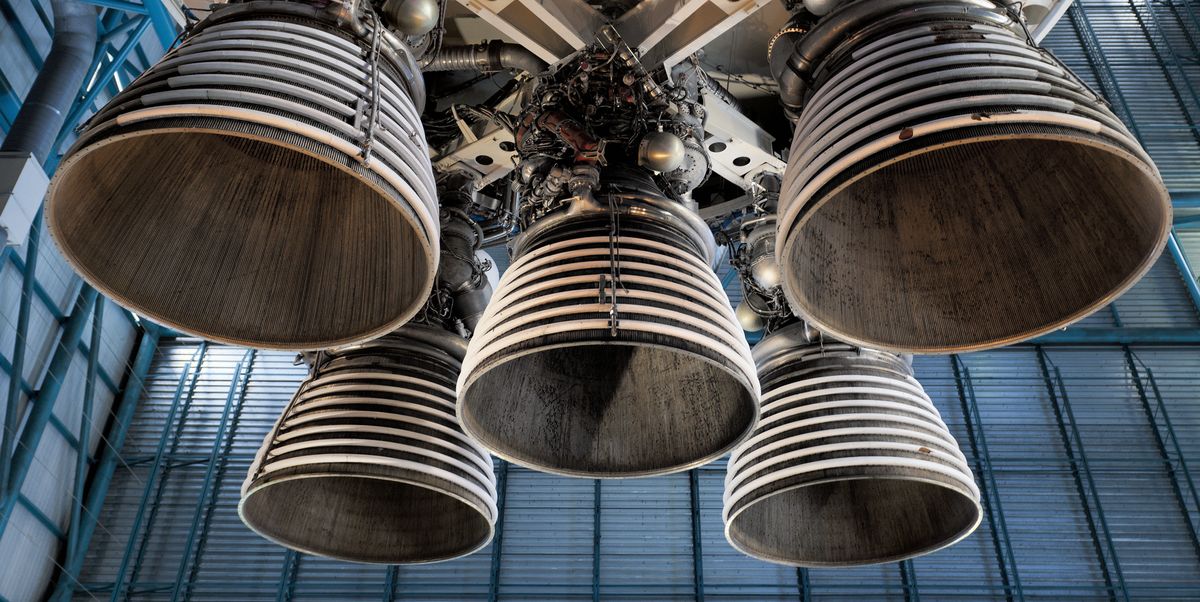
The Saturn V Rocket Wernher Von Braun And The Apollo 11 Mission

The F 1 Engine Powered Apollo Into History Nasa

Fun Fact The Thrust On The Saturn V Engines Was So Powerful That Liftoff Rattled Windows In Downtown Orlando 45 Miles Away Nasa
The Size Of The Saturn V Moon Rocket Engines My Room Could Fit In One Of Them Space
F 1 Rocket Engine National Air And Space Museum
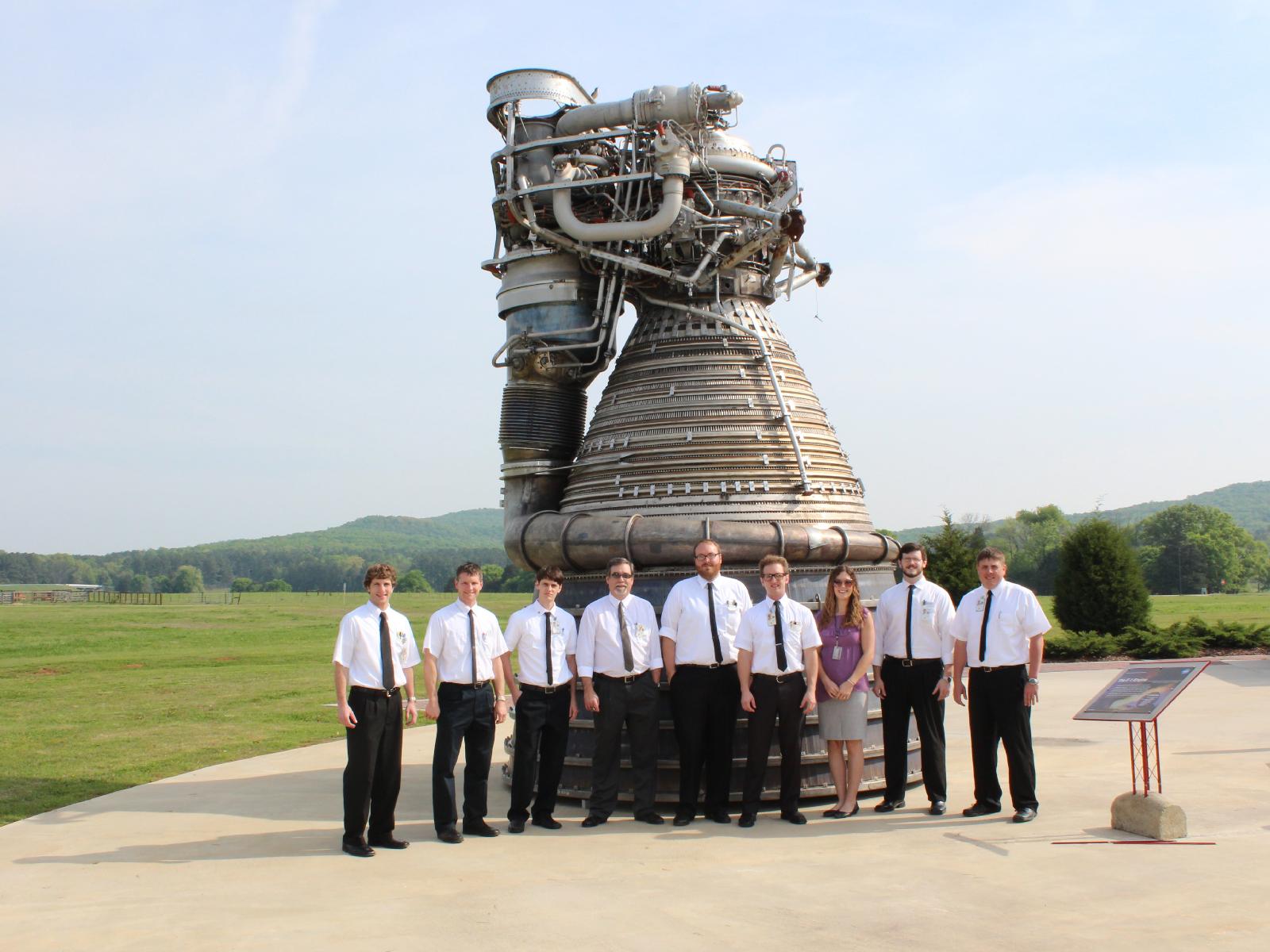
Saturn V Moon Rocket Engine Firing Again After 40 Years Sort Of Ars Technica

Saturn V Rocket Engines Displayed In Apollo Saturn V Center Kennedy Space Center Visitor Complex In Cape Canaveral Florida Usa Stock Photo Picture And Royalty Free Image Image 92237196
![]()
Apollo Saturn V F 1 Rocket Engine Blueprint Schematic Saturn V Aufkleber Teepublic De

F 1 Raketentriebwerk Wikipedia

The F 1 Engine Powered Apollo Into History Nasa
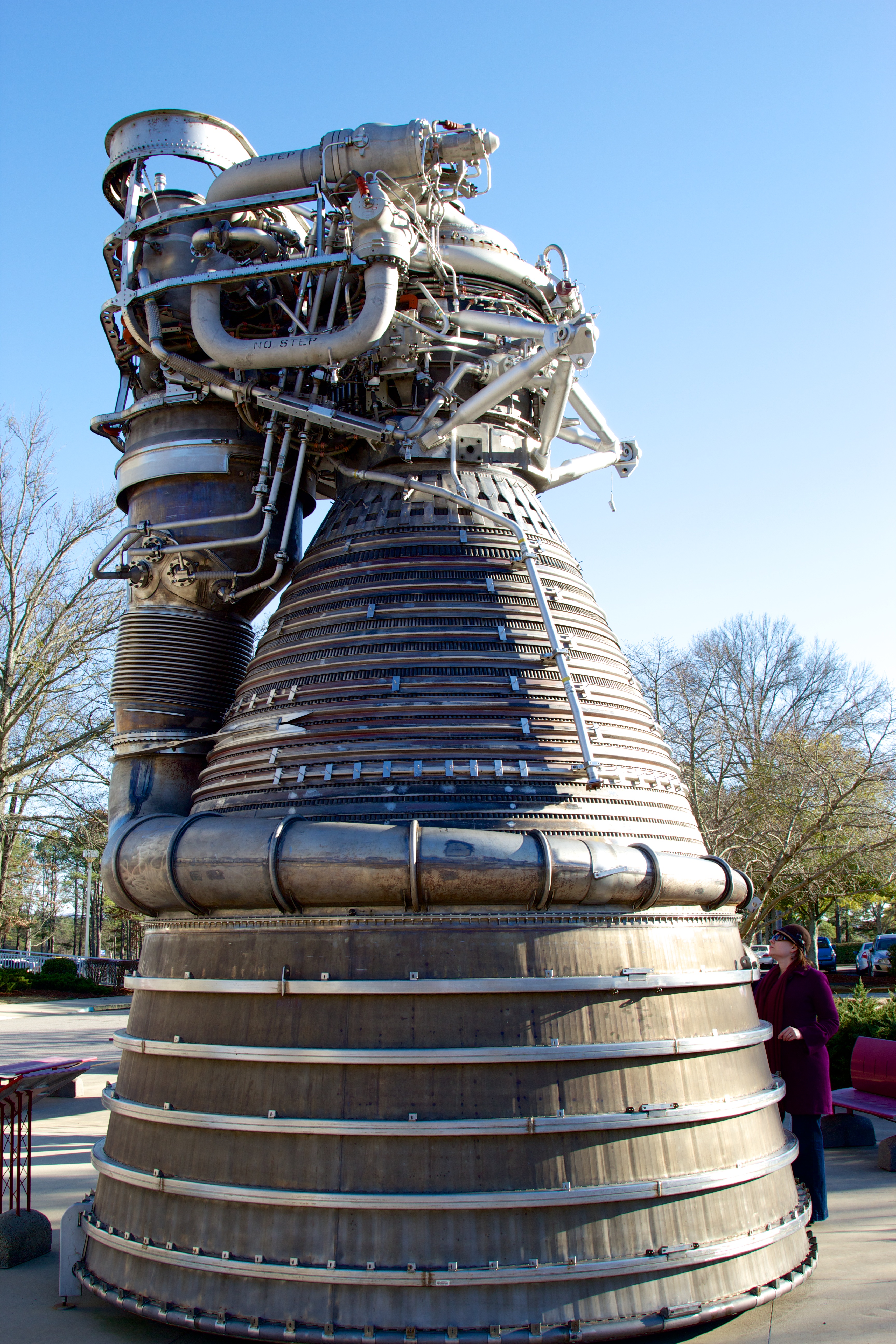
How Nasa Brought The Monstrous F 1 Moon Rocket Engine Back To Life Ars Technica
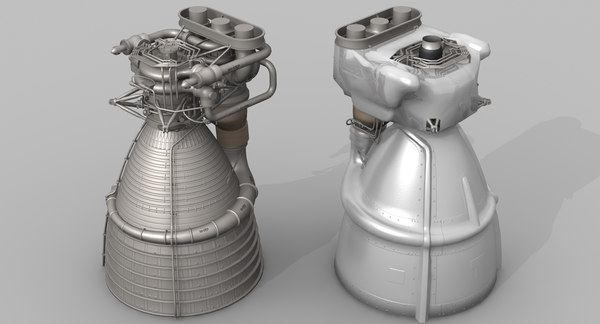
Saturn V F 1 Motor 3d Modell Turbosquid 1018523

Sneak Preview Recovered Apollo Saturn V F 1 Rocket Engines At The Museum Of Flight Youtube

Nasa Saturn V Rocketdyne F1 Rocket Engine An Animated Documentary 2016 Youtube
F1 Engine On The Saturn V Rocket Stock Image C004 6558 Science Photo Library
F 1 Rocket Engine National Air And Space Museum


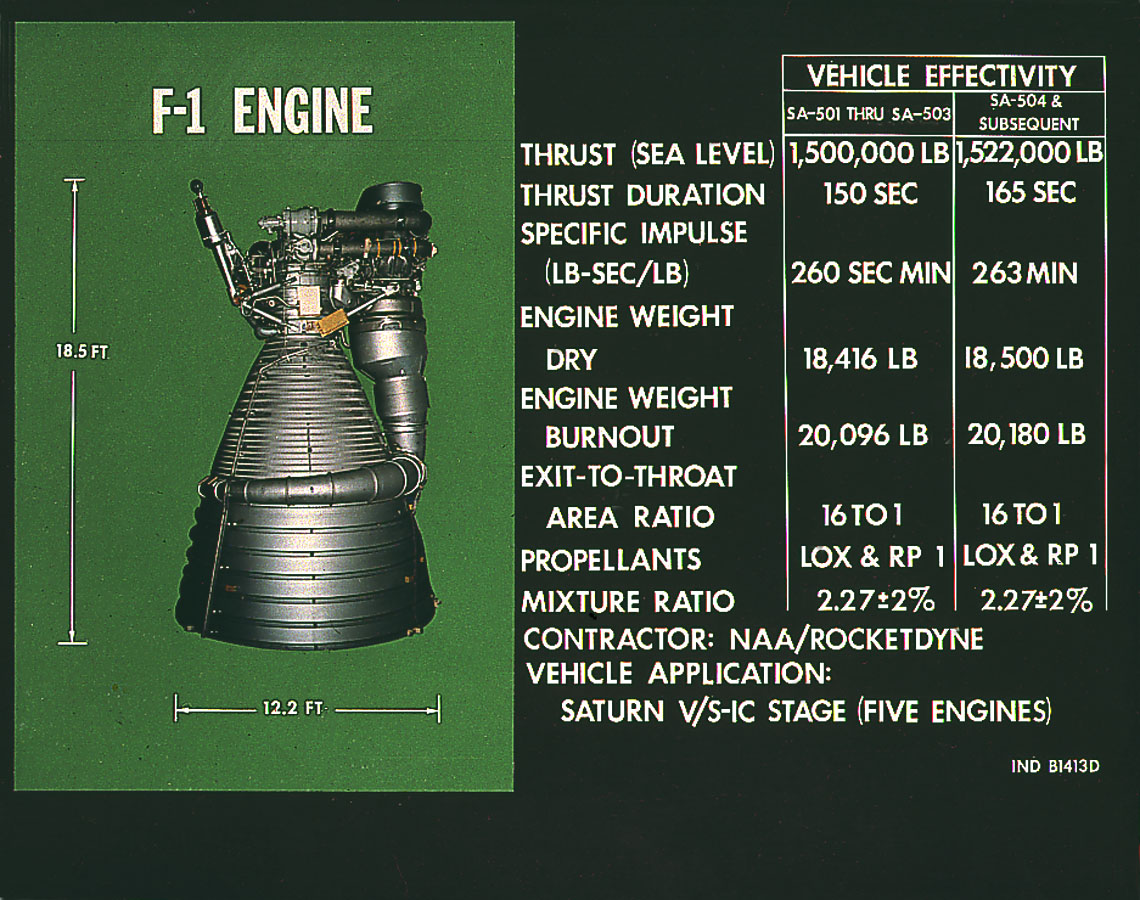

Post a Comment
Post a Comment